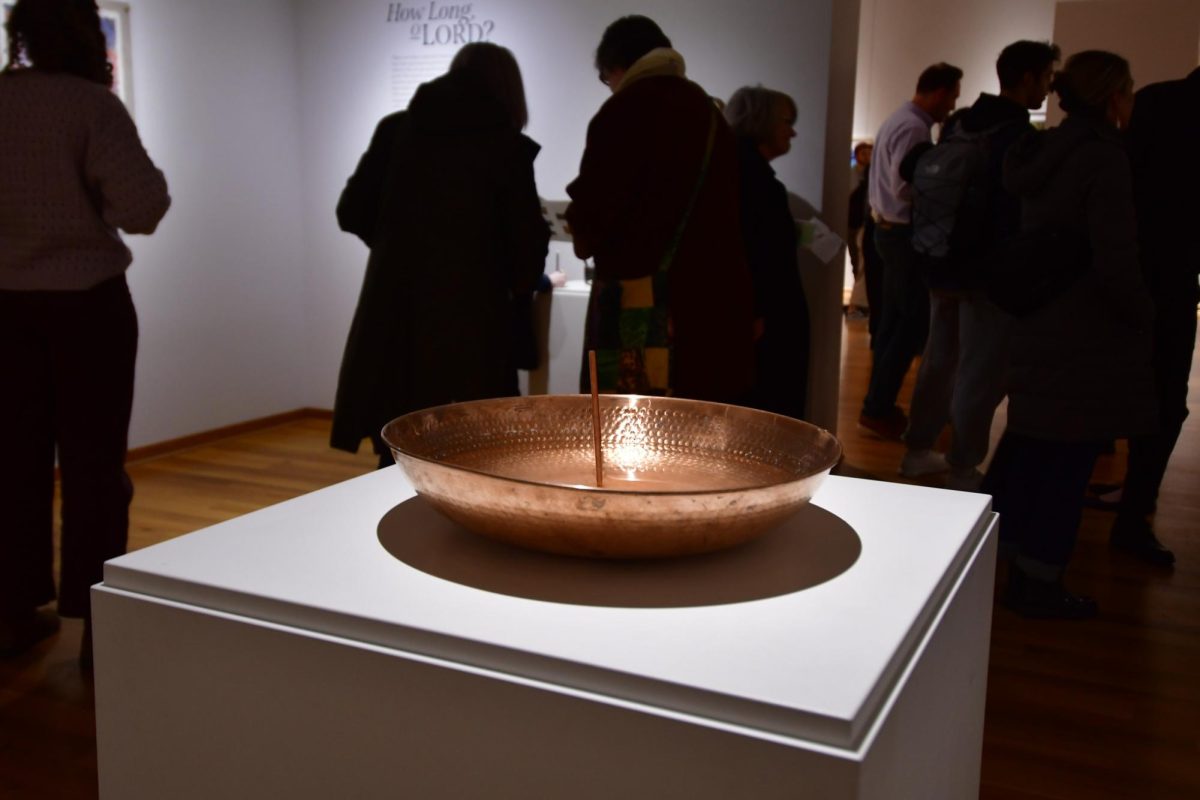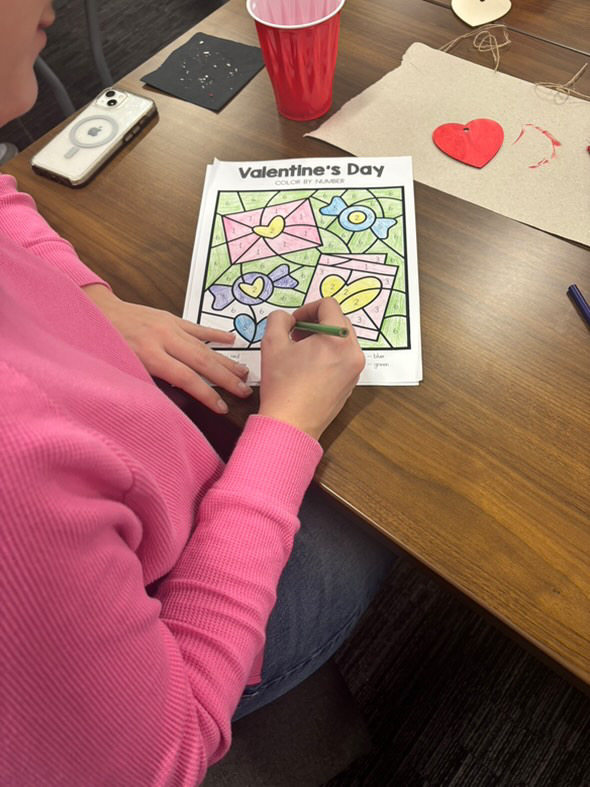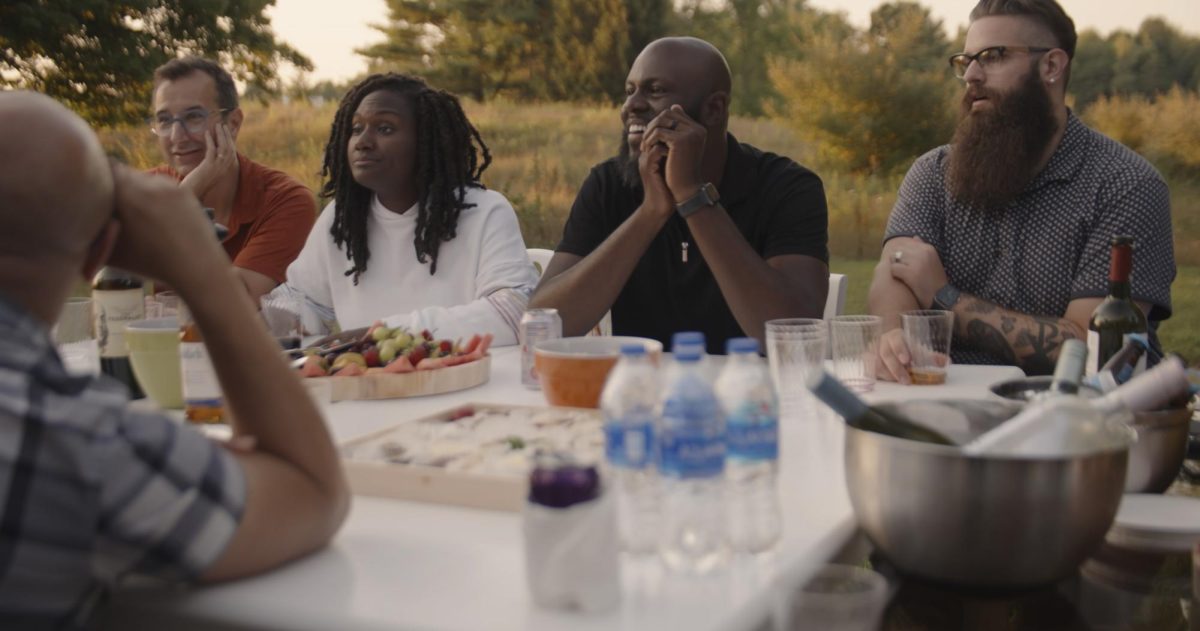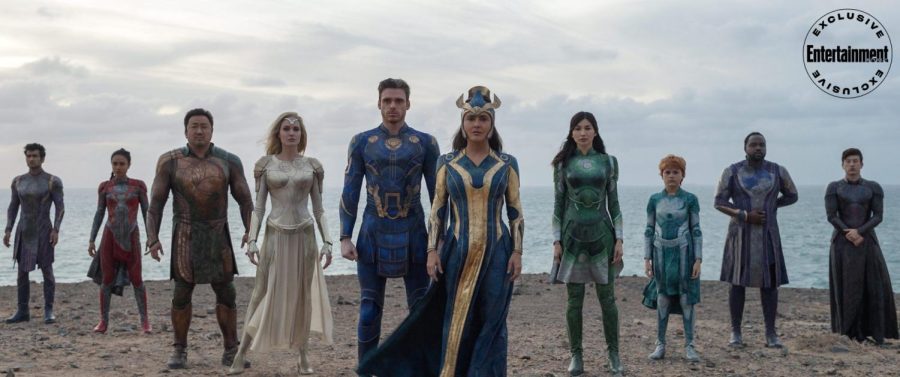“My writing is scandalous; can I still serve God?” — Flannery O’Connor, Wildcat
Wildcat is a biographical film about Flannery O’Connor, an American novelist and short story writer from the 1950s-60s. Directed by Ethan Hawke, the film explores O’Connor’s creative journey, her struggle with lupus(a disease that also killed her father) and the challenges of returning to live with a mother who didn’t always understand her ambitions. Additionally, the film delves into her complex relationship with religion and how to portray it within her often dark and controversial stories.
With a dim, dark color scheme, the movie reflects the tone of the era while also capturing the Gothic style of O’Connor’s work. The visual design evokes her grotesque Southern Gothic themes and a haunting atmosphere that recalls both her stories and the mid-century setting.
Wildcat also brings to life scenes from O’Connor’s short stories, presenting adaptations of her works in progress. In one scene, the movie presents the story of Parker’s Back, which follows the transformation of a hard-drinking, womanizing man who then tattooed an image of Christ on his back. The blend of the real and imagined within the film is both poetic and unsettling, capturing the visceral nature of O’Connor’s storytelling.
O’Connor’s work is known for its wry, dark, and Southern Gothic style, often exploring the concept of a “Christ-haunted” world. This is deeply influenced by her deep Catholic faith, which is sometimes disturbing to readers, as it was to her own mother (portrayed by Laura Linney) who complains in the film about why she couldn’t write “a nice story.”
But what is a nice story?
“Please, God, let me write something.” — Flannery O’Connor
The film invites viewers to reflect on the nature of storytelling and art. Through a theological lens, we understand that art is a mirror of the world — an imitation of nature involved with human creativity. This means that O’Connor’s stories depicting humanity’s dark and disturbing aspects are not only acceptable but also a true reflection of it, because humanity itself is vile. O’Connor is telling us that there is no source of happiness in this world, and this is where religion comes into her writing.
Upon closer examination, there is a recognizable underlying theme of salvation in every single one of O’Connor’s stories. Even in the midst of sin and suffering, there’s a suggestion of grace — an unconditional gift from God that transforms what is broken into something new. In Parker’s Back, for example, Parker finds redemption through an acceptance of grace despite his unrighteous acts pictured in this story.
Wildcat beautifully explores the tension between faith and writing, illustrating how O’Connor reconciled her religious beliefs with her creative ambitions. After watching, viewers may find themselves questioning how their own beliefs intersect with their creative expression. How much of our faith do we bring to our art?
There is a call to create from the recurring symbol of a peacock throughout the end of the film. Over the next years of her life, O’Connor raised peacocks in her backyard, and one day her mother asked why the birds’ feathers weren’t up, and Flannery said that the time would come. Just like a peacock waiting for its feathers to come up, there is a time for her true self and the faith that she conjured to show up. It is a message that we should be that daring peacock who patiently waits for its time to come to spread its wings beautifully.
Wildcat not only tells the story of an extraordinary writer but also leaves us with questions to balance between personal beliefs and public expression. Ultimately, O’ Connor wants us to realize that it is in the pursuit of the truth behind these questions that defines who we are in our faith.
“What people don’t understand about religion is how much it costs. Some think it’s a big electric blanket, when really it’s the cross.” — Flannery O’Connor









